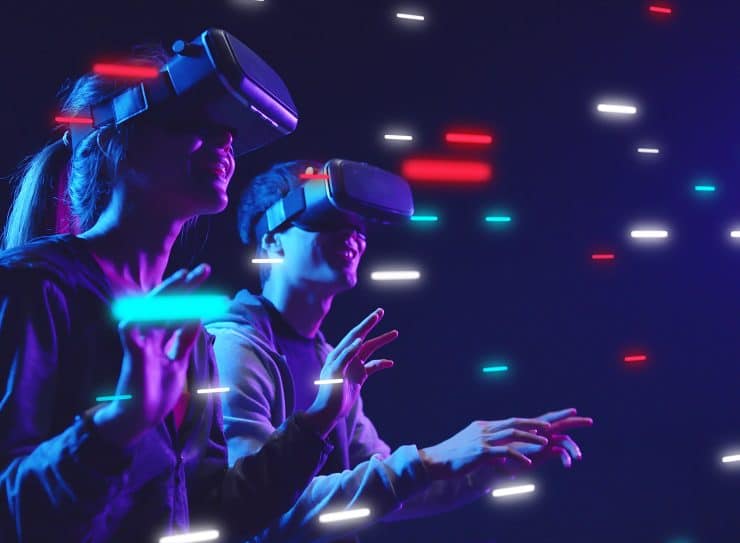8 December 2022
From concerts to political campaigning – how can the metaverse transform society?
Political campaigns have moved from the streets and squares to social media in just a few decades. It would not be illogical if political campaigns’ next move were into the metaverse.

